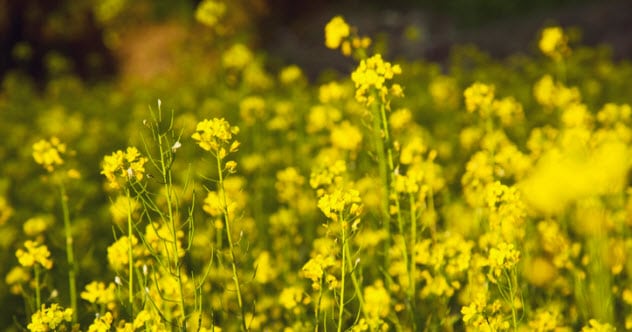Now Reading: 10 Fascinating Insights into Plant Intelligence
-
01
10 Fascinating Insights into Plant Intelligence
10 Fascinating Insights into Plant Intelligence

Rapid Summary:
- Plants demonstrate various forms of intelligence despite lacking a central nervous system.
- Venus Flytrap counts stimuli to conserve energy, using a biological memory system tied to calcium waves adn jasmonic acid synthesis.
- Goldenrod plants communicate chemically with neighboring plants via volatile organic compounds (VOCs) to launch defense mechanisms against herbivores.
- Wood-wide web of fungi connects trees and facilitates nutrient exchanges, though its extent and benefits are debated.
- Thermogenic plants, like skunk cabbage, regulate their internal temperature to attract pollinators; some use multiple environmental cues for this process.
- The Boquila vine mimics host plant leaves for camouflage, potentially employing chemical or bacterial signals for mimicry.
- Research shows that pea plant roots can “hear water,” though mechanisms remain unclear and controversial.
- “Plantoids” are soft robots inspired by plant growth strategies, designed for applications in medicine, space exploration, and environmental monitoring.
- Thale cress demonstrates advanced arithmetic in managing starch reserves during night cycles-a process vital for optimizing growth under varying day lengths.
- Mimosa pudica exhibits memory-like behavior by learning repeated harmless water stimuli over several weeks without brain systems.
- Chile seeds detect hostile neighbors like fennel despite blocked chemical signals; they show adaptive behavior in resource allocation.
Indian Opinion Analysis:
The discoveries surrounding plant intelligence challenge traditional notions about the complexity of non-animal life forms. While India is home to vast biodiversity-from Sundarbans mangroves to Himalayan flora-understanding such bright adaptations coudl have profound implications locally. As a notable example:
- In agriculture: Harnessing VOCs from crops similar to goldenrod could improve pest resistance naturally while fostering enduring farming practices amidst India’s ongoing challenges with pesticide-driven soil degradation.
- Environmental restoration: Insights from fungal networks mirroring the wood-wide web may guide afforestation efforts across desertified regions such as Rajasthan by emphasizing interconnected ecosystem benefits rather than isolated planting.
- Industrial technology via robotics: “Plantoid”-inspired tools assisting underground mineral extraction or ecological mapping in India’s dense forests could enhance sustainable resource management.
these revelations underscore India’s rich heritage of Ayurveda that sought knowlege from adaptive plant traits long before modern science validated it globally.Promoting research combining ancient wisdom with emerging science might ensure deeper insights into both conservation strategies and technological innovation rooted in ecological intelligence.



























